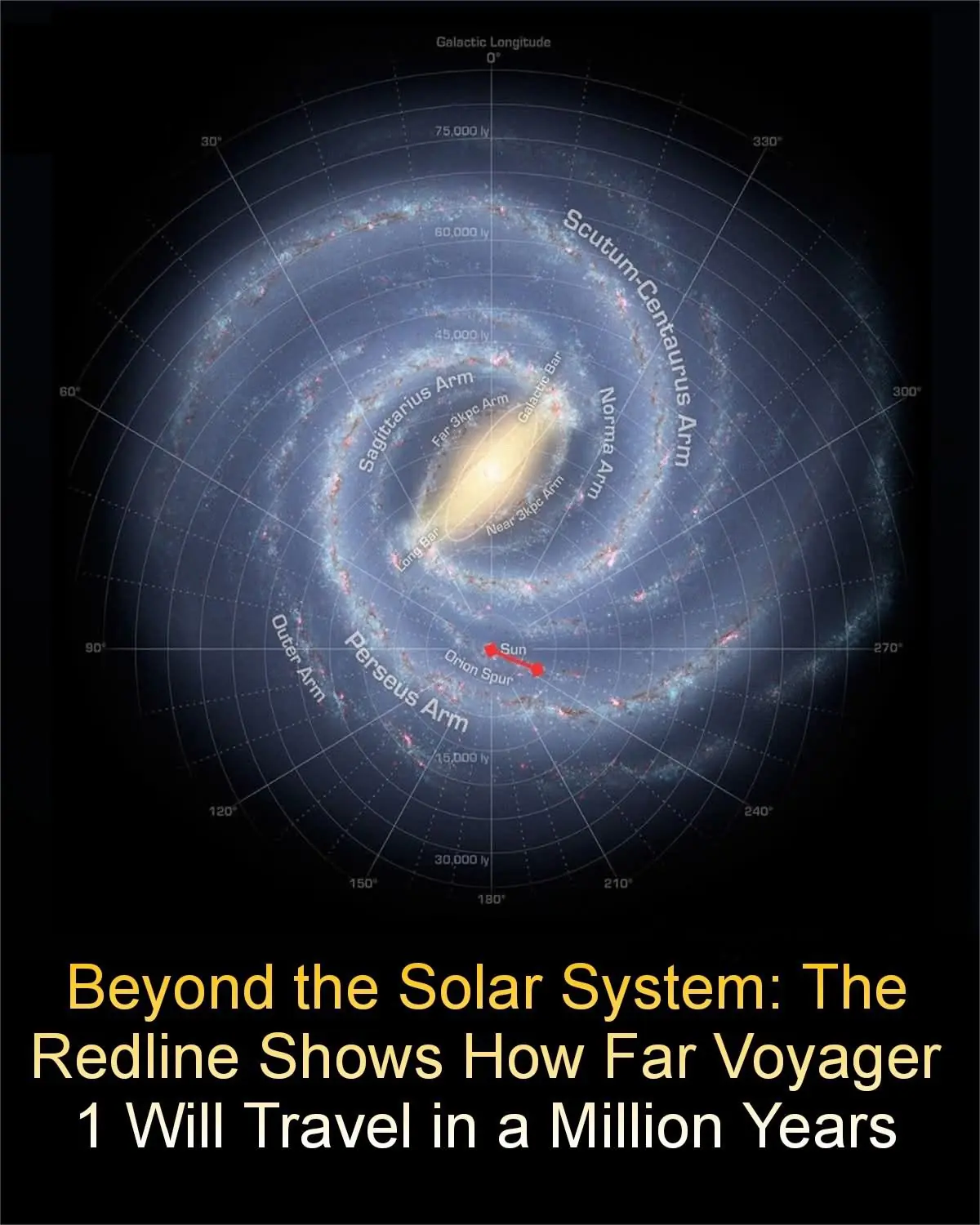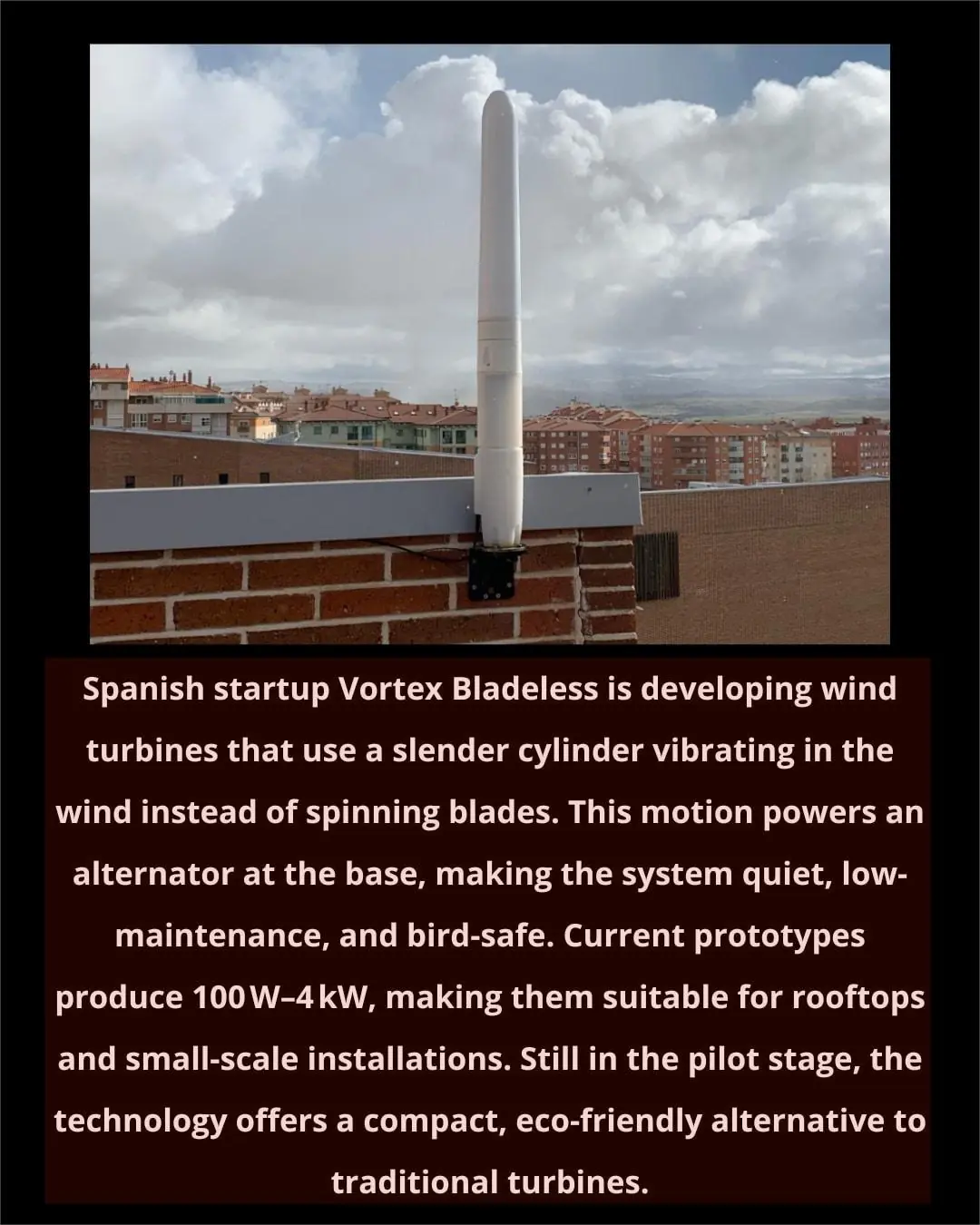
48 Years Since Humanity Reached for the Stars: Honoring the Launch of Voyager 2

August 20, 1977—on this day, the world looked to Cape Canaveral as Voyager 2 soared into the sky atop a Titan IIIE rocket. What began as a bold experiment in planetary exploration has become one of humanity’s most enduring odysseys. Forty-eight years later, Voyager 2 continues its silent voyage through the cosmos—still transmitting data, still exploring, and still inspiring wonder.
A Mission That Redefined Exploration
Voyager 2 was launched during a rare 176-year planetary alignment, a cosmic opportunity that allowed NASA to use the gravitational pull of planets as slingshots. This strategy, known as gravitational assist, saved time and fuel while enabling the probe to venture deeper into the Solar System than ever before.
While Voyager 1 was tasked with exploring Jupiter and Saturn before heading toward interstellar space, Voyager 2 embarked on the “Grand Tour”—a journey to all four gas giants: Jupiter, Saturn, Uranus, and Neptune. To this day, it remains the only spacecraft to have visited all four worlds.
Historic Firsts and Lasting Discoveries
Voyager 2 reshaped our understanding of the outer Solar System, delivering groundbreaking insights that continue to guide planetary science today:
-
Jupiter (1979): Provided unprecedented detail of the Great Red Spot and discovered active volcanoes on Io—the first proof of volcanism beyond Earth.
-
Saturn (1981): Captured intricate details of Saturn’s rings and confirmed Titan’s thick atmosphere, later investigated by the Cassini mission.
-
Uranus (1986): Became the first and only spacecraft to visit Uranus, revealing its extreme axial tilt, faint rings, and ten previously unknown moons.
-
Neptune (1989): First and only mission to Neptune, recording the turbulent Great Dark Spot, the fastest winds in the Solar System, and geysers erupting on Triton.
These encounters rewrote textbooks, expanding our perspective on the Solar System and proving that distant worlds are far more dynamic and diverse than once imagined.
The Golden Record: A Message to Eternity
Both Voyager spacecraft carry the legendary Golden Record—a 12-inch gold-plated copper disc curated by a team led by Carl Sagan. The record includes greetings in 55 languages, sounds of Earth, images of human life, and music spanning cultures and eras—from Bach to Chuck Berry.
It is, in essence, a time capsule of humanity, cast into the cosmos with the hope that one day it may be found by another civilization.
Voyager 2 Today: Humanity’s Messenger in Interstellar Space
After its planetary tour, Voyager 2 pressed onward. In November 2018, it crossed the heliopause, becoming only the second human-made object—after Voyager 1—to enter interstellar space, the vast region between the stars.
Now more than 12 billion miles (19 billion km) from Earth, it continues to send faint signals back to NASA’s Deep Space Network. Every transmission offers unique insights into the interstellar medium—data no spacecraft had ever collected before.
Its longevity is powered by a radioisotope thermoelectric generator (RTG), which steadily loses energy each year. To extend its life, NASA engineers have carefully shut down non-essential instruments, preserving its ability to communicate until approximately 2030–2035. After that, Voyager 2 will fall silent, but its journey through the galaxy will never cease.
A Legacy Beyond Science
Voyager 2 is not just a triumph of engineering; it is a cultural milestone. Its images and discoveries captured the imagination of people around the globe, reminding us of our fragile place in the cosmos. It stands as a testament to human curiosity, resilience, and hope—qualities that propel us to explore the unknown.
Even when Earth and its civilizations are long gone, Voyager 2 will carry the Golden Record through the Milky Way, bearing silent witness to the fact that humanity once looked up at the stars and reached for them.
Conclusion: A Journey Without End
Forty-eight years after launch, Voyager 2 endures as a timeless symbol of exploration. It has shown us new worlds, reshaped science, and extended humanity’s presence into interstellar space.
Though its voice will one day fade, its mission will never truly end. Voyager 2 will continue drifting among the stars, a solitary traveler carrying the story of Earth into the cosmic ocean.
Happy 48th anniversary, Voyager 2—our eternal ambassador to the universe.
News in the same category


7 Common Struggles Children of Narcissists Talk About the Most

The Bizarre “Hitman Chain” Case in China: A Murder-for-Hire Gone Wrong

Taylor Swift and Travis Kelce Delight Fans With Engagement Announcement

Woman’s heartache after tragic car crash kills husband and children

It’s been a rough few years for Simon Cowell

Spain’s Vortex Bladeless Reinvents Wind Power with Blade-Free Turbines

Even the flies thought he was dead – his amazing recovery will make you cry

More people are dying from heart failure, doctors warn: give up these 4 habits now

‘Mutant deer’ with bubble skin sparks outbreak fears in US

Cat, who ran into burning building five times to save her babies, is honored

Study Finds Fathers’ Involvement Key to Boosting Children’s Academic Success

“Nobody noticed”: 9-year-old lived alone for 2 years, fed himself, and kept good grade

Bear Caesar is finally free after having spent years locked in a torture vest

Oxford Scientists Create “Superfood” to Save Honeybees From Collapse

Popular shampoo recalled over deadly bacteria risk

9-year-old dies after dental procedure

How Learning Music Shapes Young Minds

Bedtime Stories: A Simple Ritual With Lifelong Benefits
News Post

🍪 Chocolate Chip Cookie Dessert Stacks

🍮 Mini Caramel Cheesecakes Recipe

🧁 Mini Blueberry Mousse Cakes

🍰 Blueberry Gradient Mousse Cake

No More Fine Lines Thanks To Clove Orange Anti-Aging Oil

Are you sleeping on hidden toxins?

Age 40 Is the Decisive Point for Life Expectancy:

This is what really happens during cremation, and it’s not pretty

12 signs that may signal a brain aneurysm — Don’t ignore them

Hospice chef reveals the one comfort food most people ask for before they die

7 Common Struggles Children of Narcissists Talk About the Most

Homemade Teeth Whitening: White Teeth in Just 2 Minutes!

Can Cloves Heal Damaged Lungs? Discover Healing Tea Benefits

Discover the Aidan Fruit Elixir: The Ultimate Wellness Secret Every Woman Needs!

Goosegrass: The Unsung Hero for Kidney Health and Natural Detox You Need to Know

Transform Your Life with Vaseline: 18 Genius Hacks for Beauty and Home

Unleash Your Inner Strength: The Ultimate Power Boost Smoothie for Men! 🍌🔥

Unlock the Secret Power of Aloe Vera and Honey: Nature’s Ultimate Bacteria and Fungi Fighter!
